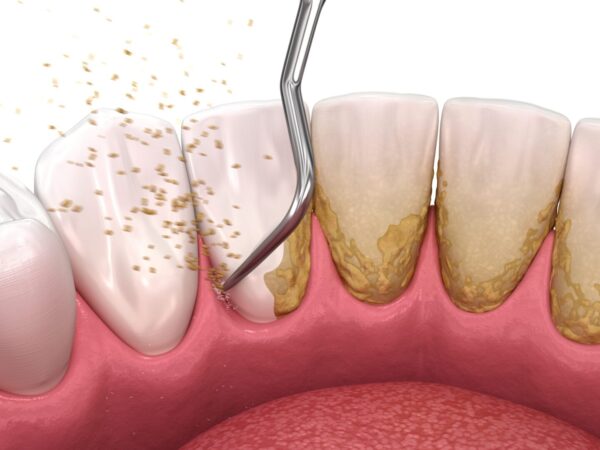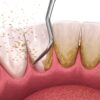

Free
Embark on a transformative journey with our exceptional range of medical treatments. As a leading medical tour operator, we offer a comprehensive selection of world-class treatments and procedures to address your unique healthcare needs. From advanced surgeries to cutting-edge therapies, our team of experienced professionals is dedicated to providing top-notch care and ensuring your comfort and satisfaction. Discover a new level of healthcare excellence with our tailored treatment options. Book now to start your journey towards a healthier and happier you.
A cantilever dental bridge is a type of dental restoration used to replace a missing tooth. It is designed to be supported by a single adjacent tooth, rather than by two adjacent teeth like a traditional dental bridge. The pontic, or artificial tooth, is anchored to the healthy tooth on one side of the gap.
The procedure for getting a cantilever dental bridge typically involves the following steps:
A cantilever dental bridge is suitable for individuals who have a missing tooth and have a healthy adjacent tooth on one side of the gap. It is often used when there is no suitable healthy tooth on the other side to support a traditional bridge. Cantilever bridges can be particularly useful for replacing missing front teeth or teeth in areas with less chewing force.
A cantilever dental bridge may not be suitable for individuals with certain dental conditions, such as severely compromised adjacent teeth or inadequate bone support. Additionally, individuals with poor oral hygiene or a history of dental decay or gum disease may not be ideal candidates for a dental bridge.
Preoperative care for a cantilever dental bridge may involve discussions with the dentist about the procedure, expectations, and any necessary preparations. A thorough dental examination, including X-rays, may be performed to assess the health of the supporting tooth and surrounding structures.
Following the placement of a cantilever dental bridge, individuals should adhere to good oral hygiene practices, including regular brushing, flossing, and dental check-ups. It is important to maintain proper oral hygiene around the bridge to prevent complications such as tooth decay or gum disease.
Only logged in customers who have purchased this product may leave a review.
A cantilever dental bridge is a type of dental restoration used to replace a missing tooth. It is designed to be supported by a single adjacent tooth, rather than by two adjacent teeth like a traditional dental bridge. The pontic, or artificial tooth, is anchored to the healthy tooth on one side of the gap.
The procedure for getting a cantilever dental bridge typically involves the following steps:
A cantilever dental bridge is suitable for individuals who have a missing tooth and have a healthy adjacent tooth on one side of the gap. It is often used when there is no suitable healthy tooth on the other side to support a traditional bridge. Cantilever bridges can be particularly useful for replacing missing front teeth or teeth in areas with less chewing force.
A cantilever dental bridge may not be suitable for individuals with certain dental conditions, such as severely compromised adjacent teeth or inadequate bone support. Additionally, individuals with poor oral hygiene or a history of dental decay or gum disease may not be ideal candidates for a dental bridge.
Preoperative care for a cantilever dental bridge may involve discussions with the dentist about the procedure, expectations, and any necessary preparations. A thorough dental examination, including X-rays, may be performed to assess the health of the supporting tooth and surrounding structures.
Following the placement of a cantilever dental bridge, individuals should adhere to good oral hygiene practices, including regular brushing, flossing, and dental check-ups. It is important to maintain proper oral hygiene around the bridge to prevent complications such as tooth decay or gum disease.
There are no reviews yet.
Only logged in customers who have purchased this product may leave a review.
Choosing the right hospital and physician are important factors to consider that significantly influence a patient’s treatment. The preferred choice for many patients is choosing private care.
Choosing the right hospital and physician are important factors to consider that significantly influence a patient’s treatment.
Reviews
There are no reviews yet.